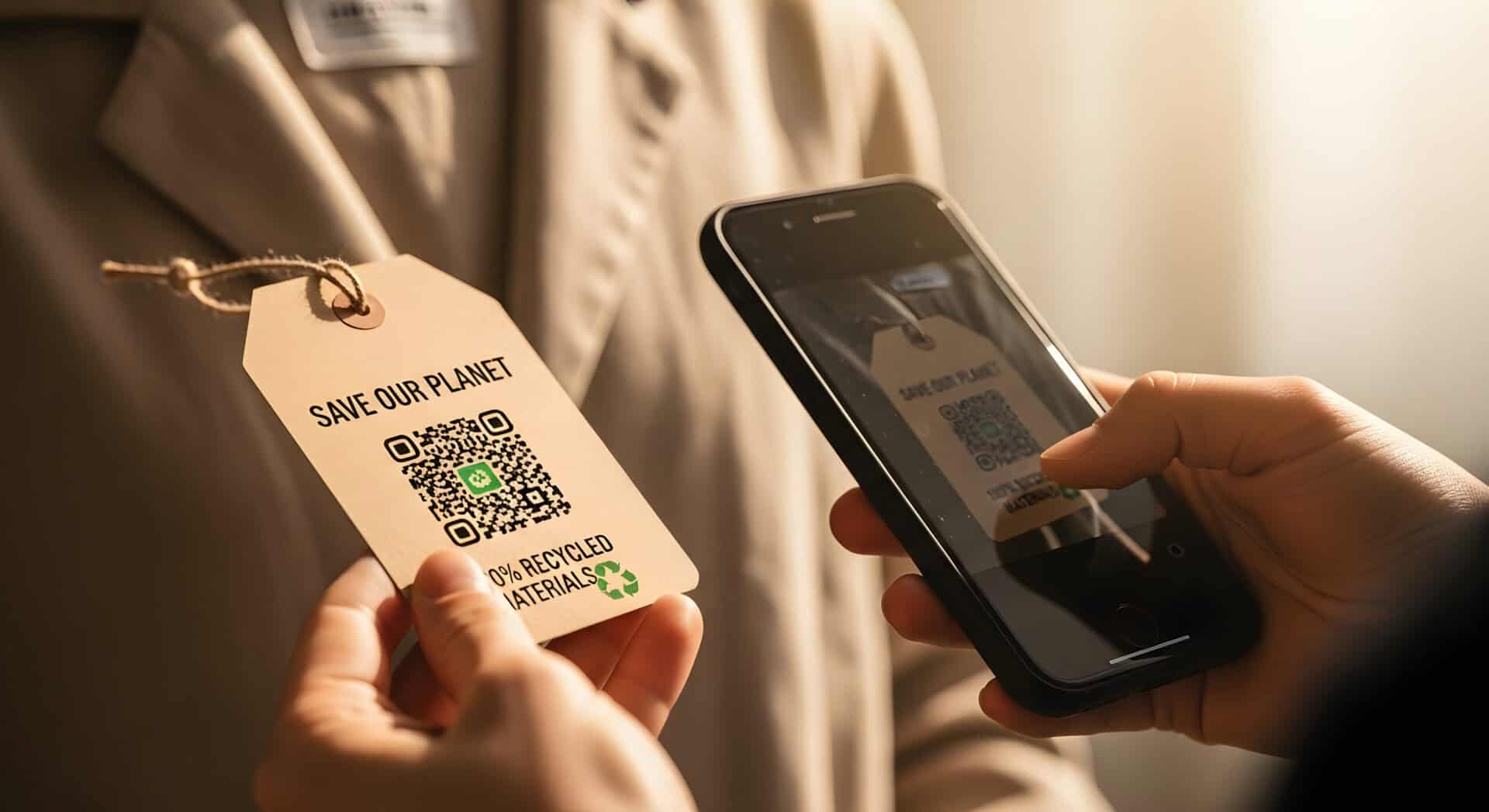Partner Blog
by Zebra
Two Registered Nurses And A Former Hospital Group CIO Explain What Happens When Clinicians Have A Constant “Line Of Sight” Into Critical Supplies And Equipment Through RFID Technology, And What Happens When They Don’t.
Over the past few months, there have been many discussions within the healthcare community about “track and trace” capabilities. You may have heard officials frequently emphasize in public briefings and media coverage how they are:
1. Tracking availability of hospital beds and ventilators to gauge how fast COVID-19 is spreading through communities and also monitoring healthcare system capacity.
2. Tracing the high-risk contacts of COVID-19 patients to initiate isolation, testing and treatment in an effort to contain further spread.
Behind the scenes, though, the conversations around “track and trace” capabilities are also focused on inventory and asset management.
Why?
As three of Zebra’s leading healthcare experts recently explained in a roundtable discussion, hospitals, clinics and labs that can track supply levels in real time and trace the location of their inventory and equipment at all times can improve asset sourcing, availability and utilization. This, in turn, helps to increase healthcare systems’ agility, visibility into their capacity and subsequent facility planning, especially in times of crisis when patient volume surges and resources may be strained. The insights garnered via track and trace technology solutions can also enable healthcare facilities to better manage recalls and stock rotation on a routine basis to avoid the accidental use of potentially harmful or expired medical devices and drugs.
LISTEN TO THE ROUNDTABLE DISCUSSION:
The “Track and Trace” Solution That Every Healthcare System Should Be Investing in Right Now
COVID-19 ISN’T THE ONLY THING HEALTHCARE SYSTEMS HAVE TO TRACK FROM A “CARE CAPACITY” PERSPECTIVE
Global pandemics aren’t the only times when basic supplies and critical life-saving equipment alike are in high demand, as Zebra APAC Healthcare Practice Lead James Woo recently reminded us. Nor is COVID-19 the only event to strain patient care – and staffing – capacity. Most healthcare systems find it challenging to strike the right inventory balance, monitor the movements of patients and equipment location and manage overall resource utilization on a daily basis.
Truth be told, the benefits of real-time locations systems (RTLS) have long been considered in clinical settings by healthcare administrators seeking ways to better manage staff, patients, supplies, equipment and facilities. Some hospitals like Medical Park Hospitals Group (Turkey), Sanatorio Finochietto (Argentina) and Aarhus University Hospital (Denmark) started implementing radio frequency identification (RFID) or Bluetooth® Low Energy technologies as early as 2014 to gain visibility into asset utilization and, more specifically, the actionable insights needed to improve resource availability.
Since many more healthcare systems have expressed interest in implementing RTLS technologies in recent months, we asked James Woo (who was previously CIO of a hospital group in Singapore) to join Zebra’s Chief Nursing Informatics Officer, Rikki Jennings, and Zebra’s Healthcare Lead in Australia/New Zealand, Elizabeth Miller (who are both registered nurses) to shed some light on:
– The immediate impact that the right real-time location solution can have on inventory and asset management and, thus, healthcare capacity, patient safety and care quality.
– The best practices, process enhancements and technology platforms that have proven most effective in improving inventory and asset management capabilities.
-The progress being made by healthcare facilities to improve inventory and asset visibility, availability and utilization.
– How the right staff training and subsequent “elbow support” mechanisms can improve the return on investment for RFID and Bluetooth® Low Energy track and trace solutions used for inventory and asset management workflows.
If you’re responsible for managing your care facility’s staff or resource capacity in any way, we highly encourage you to listen to this 20-minute roundtable discussion now (if you haven’t already):


